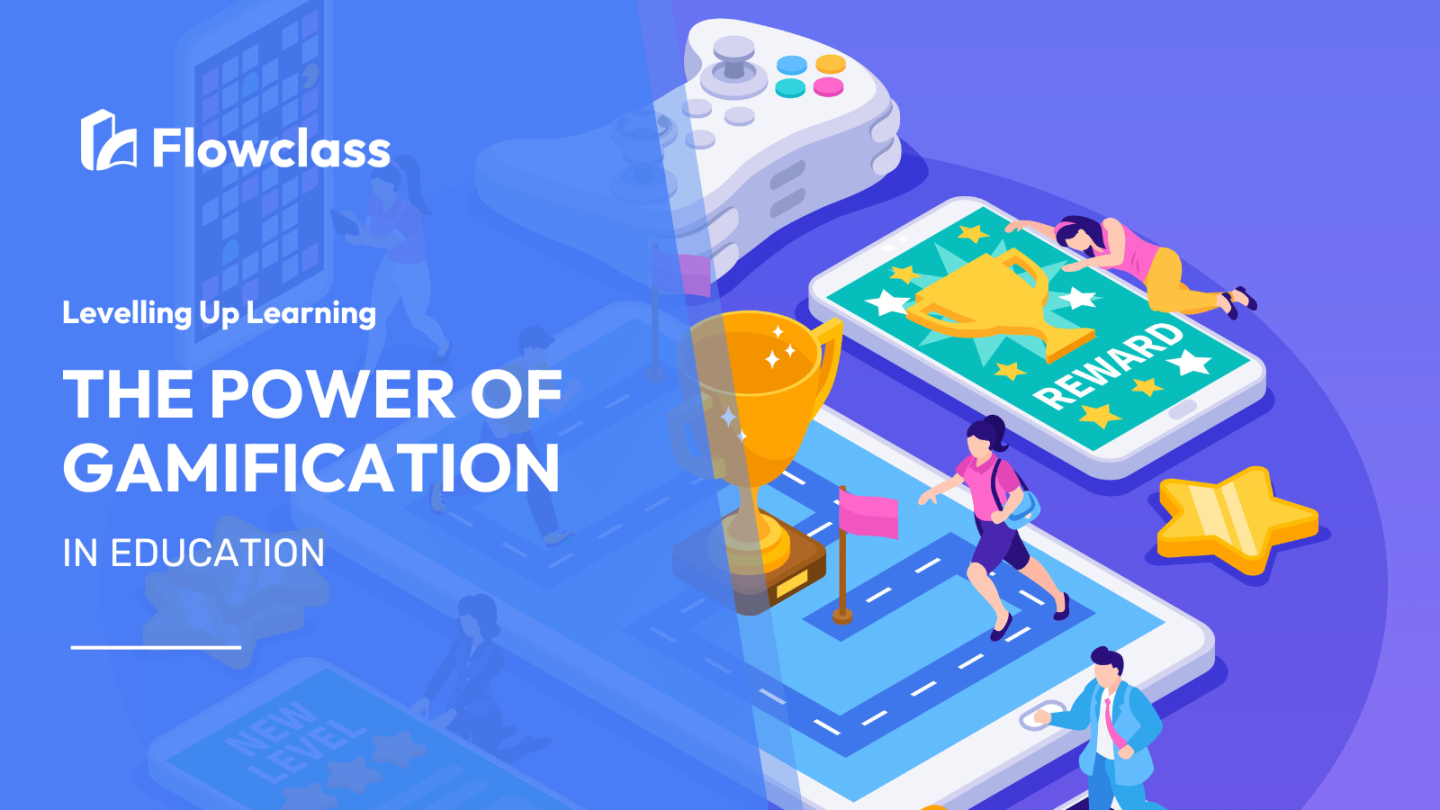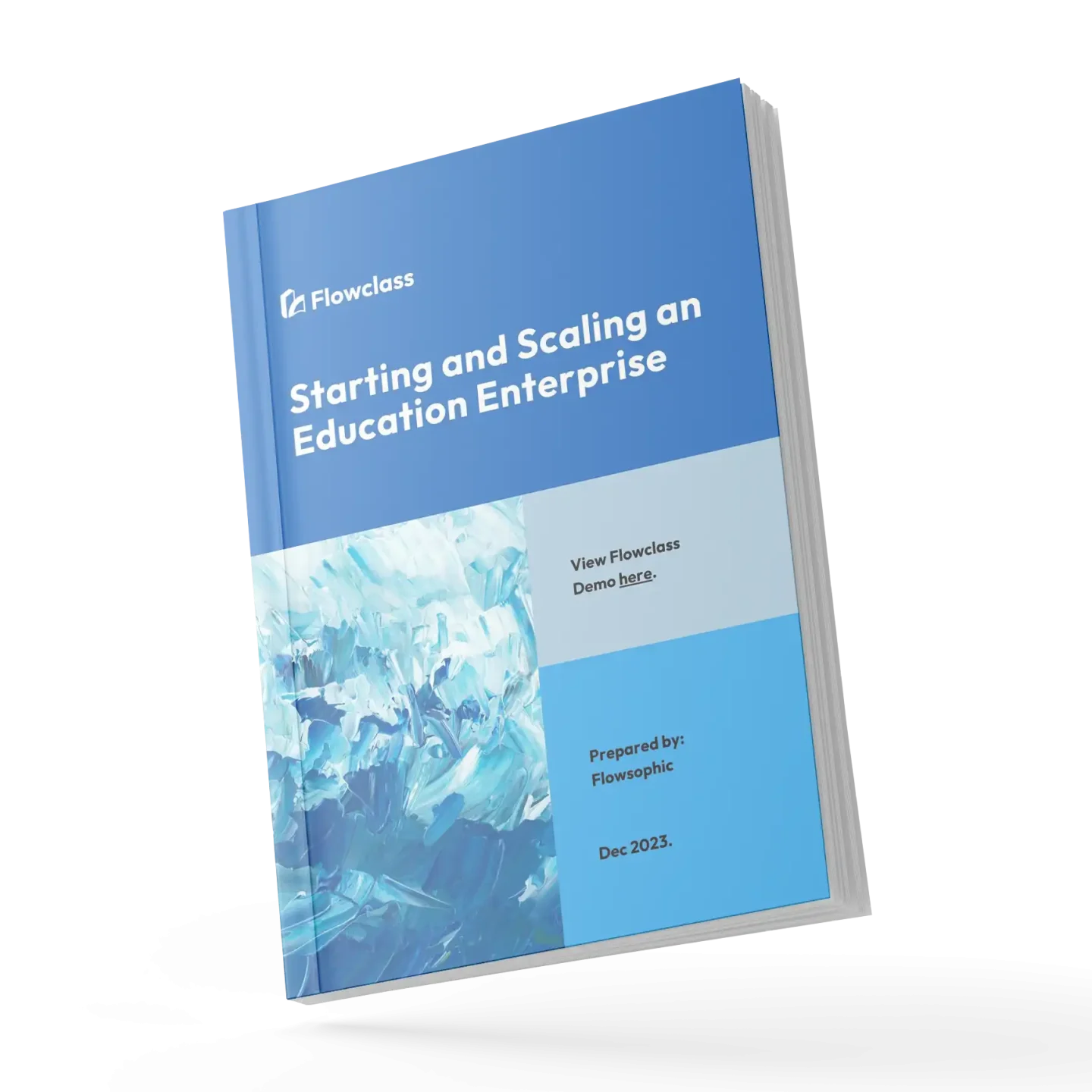In a world where technology has become an integral part of our lives, it’s no surprise that it has also revolutionized the way we learn. Enter gamification, a powerful tool that is transforming education by turning the learning process into an engaging and immersive experience. With its ability to capture learners’ attention and motivate them to actively participate, gamification is leveling up learning to new heights.
Through gamification, educational institutions are able to create interactive experiences that stimulate critical thinking, problem-solving, and collaboration. By incorporating game elements such as challenges, rewards, and competition, students become more engaged and motivated to learn. Gone are the days of passive learning, as gamification encourages active participation and deepens understanding.
Moreover, gamification promotes a growth mindset, where students embrace challenges and view mistakes as learning opportunities. With immediate feedback and clear goals, learners are motivated to improve and persist in their studies. This approach to education not only enhances knowledge retention but also instills important skills such as adaptability, perseverance, and teamwork.
As technology continues to advance, gamification provides a dynamic and effective way to educate and inspire learners of all ages. By leveraging the power of gamification, education is no longer limited to textbooks and traditional teaching methods but rather becomes an exciting journey of discovery and achievement.
Understanding Gamification in Education

Gamification is the application of game-like elements and mechanics to non-game contexts, such as education. In the educational realm, gamification aims to enhance the learning experience by making it more engaging, interactive, and rewarding for students. By incorporating game-inspired elements like points, badges, leaderboards, and challenges, educators can create a dynamic and immersive learning environment that captivates learners and motivates them to actively participate in the educational process.
The fundamental premise of gamification in education is to leverage the inherent human desire for competition, achievement, and mastery. When students are presented with clear goals, immediate feedback, and the opportunity to earn rewards, they become more invested in their learning journey. This approach taps into the innate human motivation to overcome obstacles, progress, and experience a sense of accomplishment, which can lead to improved knowledge retention, skill development, and overall academic performance.
Gamification in education goes beyond simply adding game-like elements to the learning experience. It involves a deeper understanding of how games can be designed to foster intrinsic motivation, foster a growth mindset, and create a sense of flow and engagement. By strategically integrating game mechanics and design principles, educators can create learning experiences that are not only enjoyable but also highly effective in terms of knowledge acquisition, critical thinking, and problem-solving abilities.
Benefits of Gamification in Education
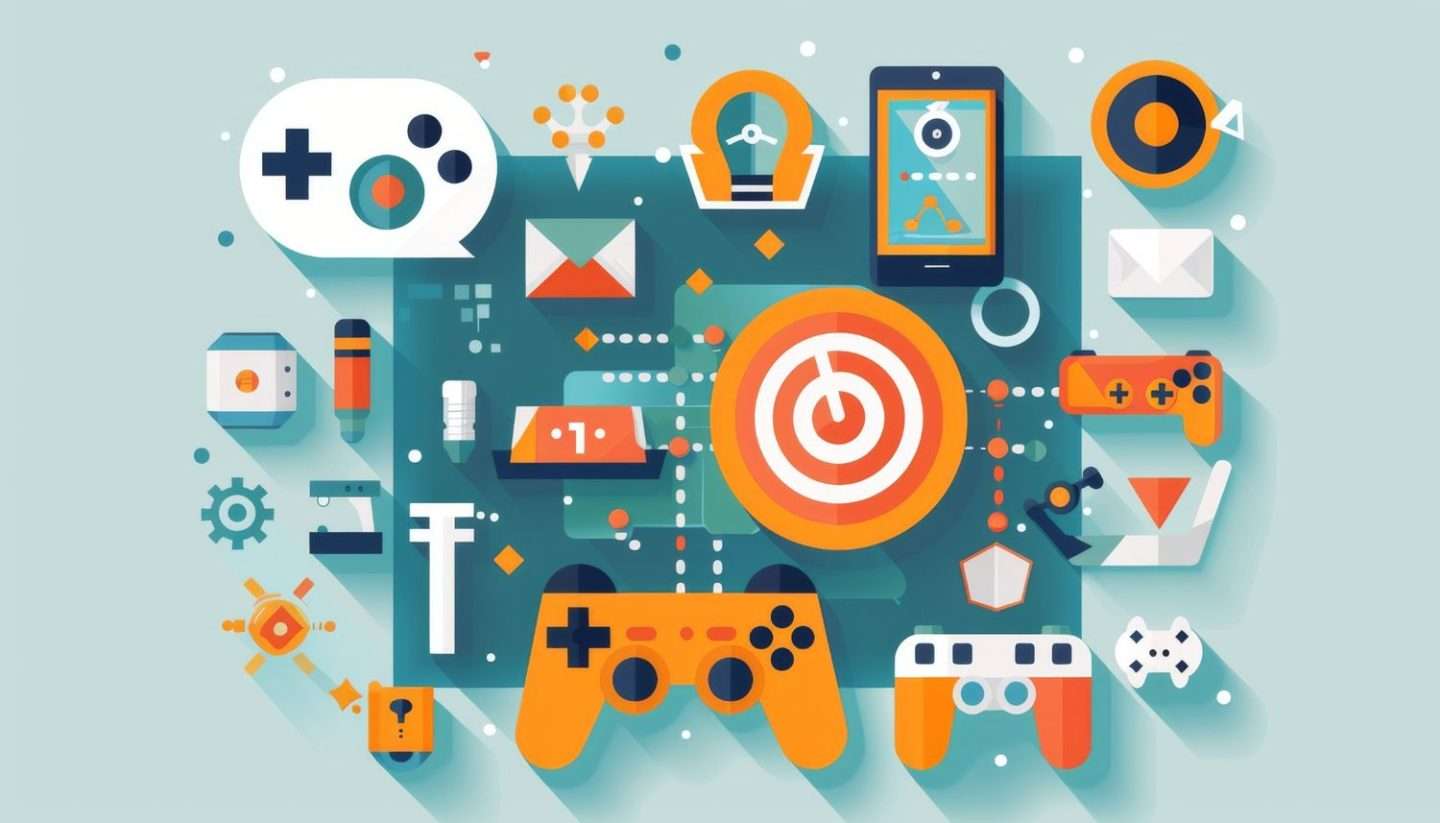
One of the primary benefits of gamification in education is its ability to enhance student engagement and motivation. Traditional learning methods, such as lectures and textbook-based instruction, can often feel passive and disconnected for many students. Gamification, on the other hand, actively engages learners by providing them with a sense of agency, control, and accomplishment.
When students are immersed in a gamified learning environment, they are more likely to stay focused, participate actively, and persist in their efforts to overcome challenges. The use of game elements like points, badges, and leaderboards creates a sense of competition and achievement, which can trigger the release of dopamine, a neurotransmitter associated with pleasure and reward. This, in turn, reinforces the positive feelings associated with learning, making the process more enjoyable and memorable for students.
Gamification also promotes a growth mindset, where students view challenges as opportunities for growth and improvement rather than obstacles to be avoided. By providing immediate feedback, clear goals, and the ability to learn from mistakes, gamified learning environments encourage students to embrace failure as a necessary step towards mastery. This mindset fosters resilience, adaptability, and a willingness to take risks, all of which are essential skills for success both in and out of the classroom.
Moreover, gamification can enhance knowledge retention and the transfer of learning. When students are actively engaged in the learning process, they are more likely to remember and apply the concepts they have learned. The interactive and immersive nature of gamified learning experiences helps to solidify the connections between new information and existing knowledge, making it easier for students to recall and utilize what they have learned in various contexts.
Gamification Statistics in Education
The growing adoption and success of gamification in education are supported by various statistics and research findings. According to a study by Gartner, by 2025, 50% of organizations will gamify their processes, with education being one of the top industries leveraging gamification.
A survey conducted by the Entertainment Software Association found that 65% of teachers use digital games in the classroom, with the majority reporting improved student engagement, motivation, and learning outcomes. Additionally, a study published in the Journal of Educational Psychology revealed that students who participated in gamified learning activities demonstrated a 14% increase in academic performance compared to their peers in traditional learning environments.
Numerous case studies have also highlighted the positive impact of gamification on student learning. For instance, a study conducted by the University of Pennsylvania found that the integration of gamification elements in a computer science course led to a 25% increase in student engagement and a 9% improvement in exam scores.
Furthermore, a report by the Entertainment Software Association revealed that 74% of teachers believe that digital games can improve students’ problem-solving skills, while 68% believe that games can enhance their creativity and critical thinking abilities. These statistics underscore the growing recognition of the transformative power of gamification in the field of education.
Incorporating Gamification in the Classroom
Integrating gamification into the classroom requires a strategic and thoughtful approach. Educators must carefully consider the learning objectives, the needs and interests of their students, and the appropriate game-like elements to incorporate. By aligning the gamified learning experience with the curriculum and learning goals, educators can create engaging and effective educational experiences.
One effective way to incorporate gamification in the classroom is through the use of digital platforms and tools. These platforms often provide a wide range of game-inspired features, such as interactive quizzes, virtual badges, leaderboards, and progress tracking. By leveraging these tools, educators can create a dynamic and immersive learning environment that keeps students motivated and engaged throughout the learning process.
Another approach to gamifying the classroom is through the design of physical learning activities and experiences. This can include the use of board games, scavenger hunts, escape rooms, and other hands-on learning activities that incorporate game mechanics. By creating a tactile and collaborative learning environment, educators can foster a sense of community, teamwork, and friendly competition among students.
Regardless of the specific approach, the key to successful gamification in the classroom is to strike a balance between the educational content and the game-like elements. Educators must ensure that the gamification components enhance the learning experience, rather than becoming a mere distraction or a gimmick. By thoughtfully integrating game-based principles and techniques, educators can create a learning environment that is both engaging and effective in achieving the desired learning outcomes.
Gamification Techniques for Effective Learning
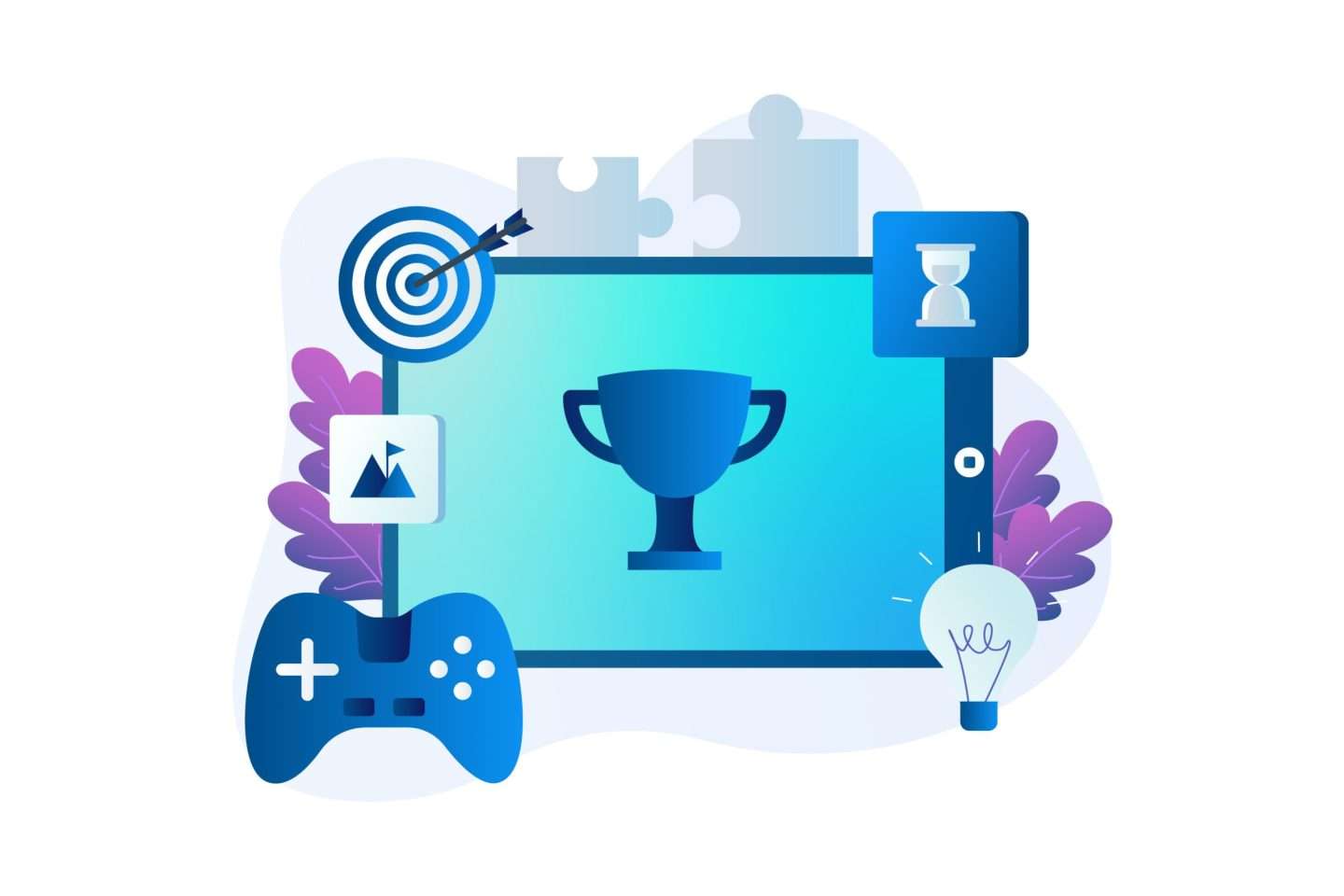
Effective gamification in education goes beyond simply adding points, badges, and leaderboards to the learning process. It involves the strategic application of various game-inspired techniques and principles to create a truly immersive and engaging learning experience.
One powerful technique is the use of narrative and storytelling. By weaving the educational content into a compelling narrative, educators can capture students’ attention and foster a sense of investment in the learning journey. This can be achieved through the creation of virtual worlds, characters, and storylines that align with the learning objectives and engage students on an emotional level.
Another effective gamification technique is the incorporation of challenges and quests. By breaking down the learning content into a series of achievable goals and challenges, educators can create a sense of progression and accomplishment for students. As learners overcome these challenges, they can earn rewards, unlock new content, or advance to higher levels, further reinforcing their motivation and engagement.
Feedback and rewards are also essential elements of effective gamification. Providing immediate and meaningful feedback to students, such as points, badges, or virtual rewards, can reinforce positive behaviors and encourage continued engagement. Additionally, the use of variable reward schedules, where the timing and frequency of rewards are unpredictable, can create a sense of anticipation and excitement, further enhancing the learning experience.
Collaborative and competitive elements can also be incorporated into gamified learning environments. By fostering teamwork and friendly competition, educators can tap into the inherent human desire for social interaction and recognition. This can be achieved through group-based challenges, leaderboards, or collaborative problem-solving activities that encourage students to work together towards a common goal.
Ultimately, the key to effective gamification in education lies in the thoughtful and strategic integration of these techniques, tailored to the specific learning objectives and the needs of the student population. By creating a cohesive and engaging gamified learning experience, educators can unlock the full potential of gamification to enhance student engagement, knowledge retention, and overall academic success.
Gamification Tools and Platforms for Educators
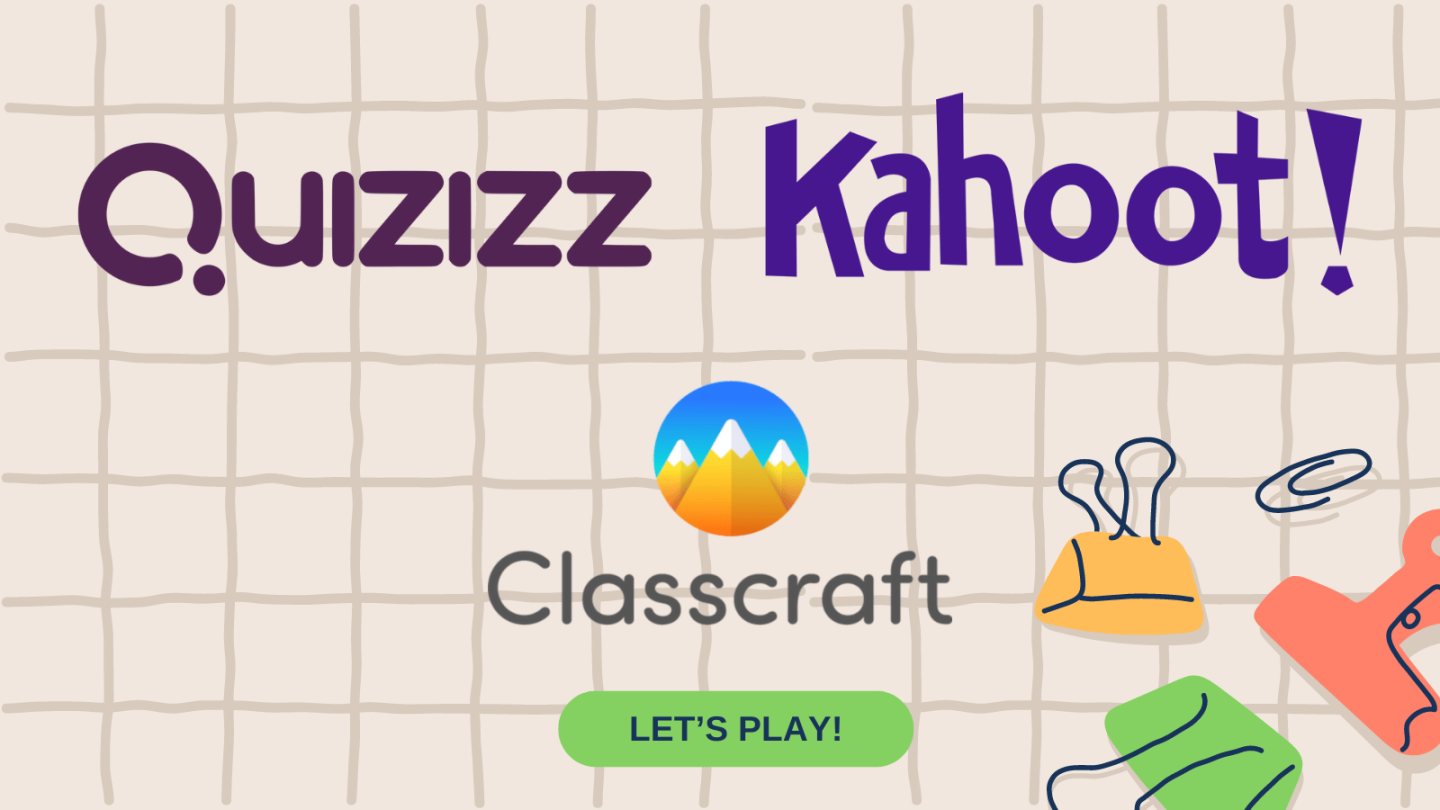
As the adoption of gamification in education continues to grow, a wide range of tools and platforms have emerged to support educators in creating engaging and effective learning experiences. These tools and platforms offer a variety of game-inspired features and functionalities that can be seamlessly integrated into the classroom.
One popular category of gamification tools is the digital learning platforms. These platforms, such as Kahoot!, Quizizz, and Classcraft, allow educators to create interactive quizzes, games, and simulations that can be easily incorporated into their lesson plans. These tools often feature elements like points, badges, leaderboards, and progress tracking, which can help to motivate and engage students throughout the learning process.
Another category of gamification tools focuses on the creation of virtual worlds and interactive learning environments. Platforms like MinecraftEdu and CoSpaces Edu enable educators to build immersive, game-like learning experiences where students can explore, collaborate, and solve problems in a virtual setting. These tools can be particularly effective in subjects like history, science, and geography, where the ability to visualize and interact with concepts can greatly enhance understanding.
In addition to digital platforms, there are also physical gamification tools and resources available for educators. These include board games, card games, and hands-on learning kits that incorporate game-based mechanics and elements. These tangible resources can be used to foster collaboration, problem-solving, and critical thinking skills in a more tactile and engaging manner.
Regardless of the specific tool or platform, the key is to choose the ones that align with the learning objectives, the needs of the students, and the resources available within the educational institution. By carefully selecting and integrating these gamification tools, educators can create a dynamic and immersive learning environment that captivates students and maximizes the benefits of gamification in education.
Gamification and Student Engagement
At the heart of the success of gamification in education is its ability to enhance student engagement. By tapping into the inherent human desire for challenge, achievement, and social interaction, gamification creates a learning environment that is both enjoyable and motivating for students.
When students are immersed in a gamified learning experience, they are more likely to stay focused, participate actively, and persist in their efforts to overcome challenges. The use of game elements like points, badges, and leaderboards triggers the release of dopamine, a neurotransmitter associated with pleasure and reward. This, in turn, reinforces the positive feelings associated with learning, making the process more enjoyable and memorable for students.
Gamification also promotes a growth mindset, where students view challenges as opportunities for growth and improvement rather than obstacles to be avoided. By providing immediate feedback, clear goals, and the ability to learn from mistakes, gamified learning environments encourage students to embrace failure as a necessary step towards mastery. This mindset fosters resilience, adaptability, and a willingness to take risks, all of which are essential skills for success both in and out of the classroom.
Moreover, gamification can enhance the social aspects of learning, fostering a sense of community and collaboration among students. By incorporating elements like team-based challenges and leaderboards, gamified learning experiences can encourage students to work together, support one another, and celebrate each other’s achievements. This social dynamic not only enhances engagement but also helps to develop important interpersonal skills, such as communication, teamwork, and empathy.
As students become more engaged and invested in the learning process, they are more likely to develop a deeper understanding of the subject matter and retain the information they have learned. This, in turn, can lead to improved academic performance, higher levels of motivation, and a greater sense of self-efficacy among students.
Challenges and Considerations in Implementing Gamification
While the benefits of gamification in education are well-documented, implementing it effectively is not without its challenges. Educators and educational institutions must carefully consider various factors to ensure that the gamification approach is aligned with the learning objectives and the needs of the student population.
One of the primary challenges is ensuring that the game-like elements are truly enhancing the learning experience, rather than becoming a mere distraction or gimmick. Educators must strike a delicate balance between the educational content and the gamification components, ensuring that the game-inspired elements are seamlessly integrated and contribute to the overall learning goals.
Another challenge is the potential for overreliance on extrinsic motivators, such as points and badges. While these elements can be effective in capturing students’ attention and engagement, there is a risk of undermining intrinsic motivation if the gamification approach becomes too focused on external rewards. Educators must be mindful of maintaining a balance between extrinsic and intrinsic motivation to foster a genuine love of learning among students.
Ensuring equity and inclusivity within a gamified learning environment is also a crucial consideration. Educators must be mindful of the potential for certain game-based elements to inadvertently disadvantage or exclude certain students, such as those with disabilities or from diverse backgrounds. Careful design and implementation of gamification strategies can help to create a level playing field and ensure that all students have equal opportunities to succeed.
Additionally, the implementation of gamification in education requires a significant investment of time, resources, and technical expertise. Educators may need to undergo training and professional development to effectively design and integrate gamified learning experiences. Educational institutions must also be prepared to allocate the necessary funding and infrastructure to support the implementation of gamification initiatives.
Despite these challenges, the potential benefits of gamification in education make it a worthwhile pursuit for educators and educational institutions. By addressing these considerations and implementing gamification strategies thoughtfully and strategically, educators can unlock the transformative power of gamification to enhance student engagement, learning outcomes, and the overall educational experience.
Conclusion: The Future of Gamification in Education
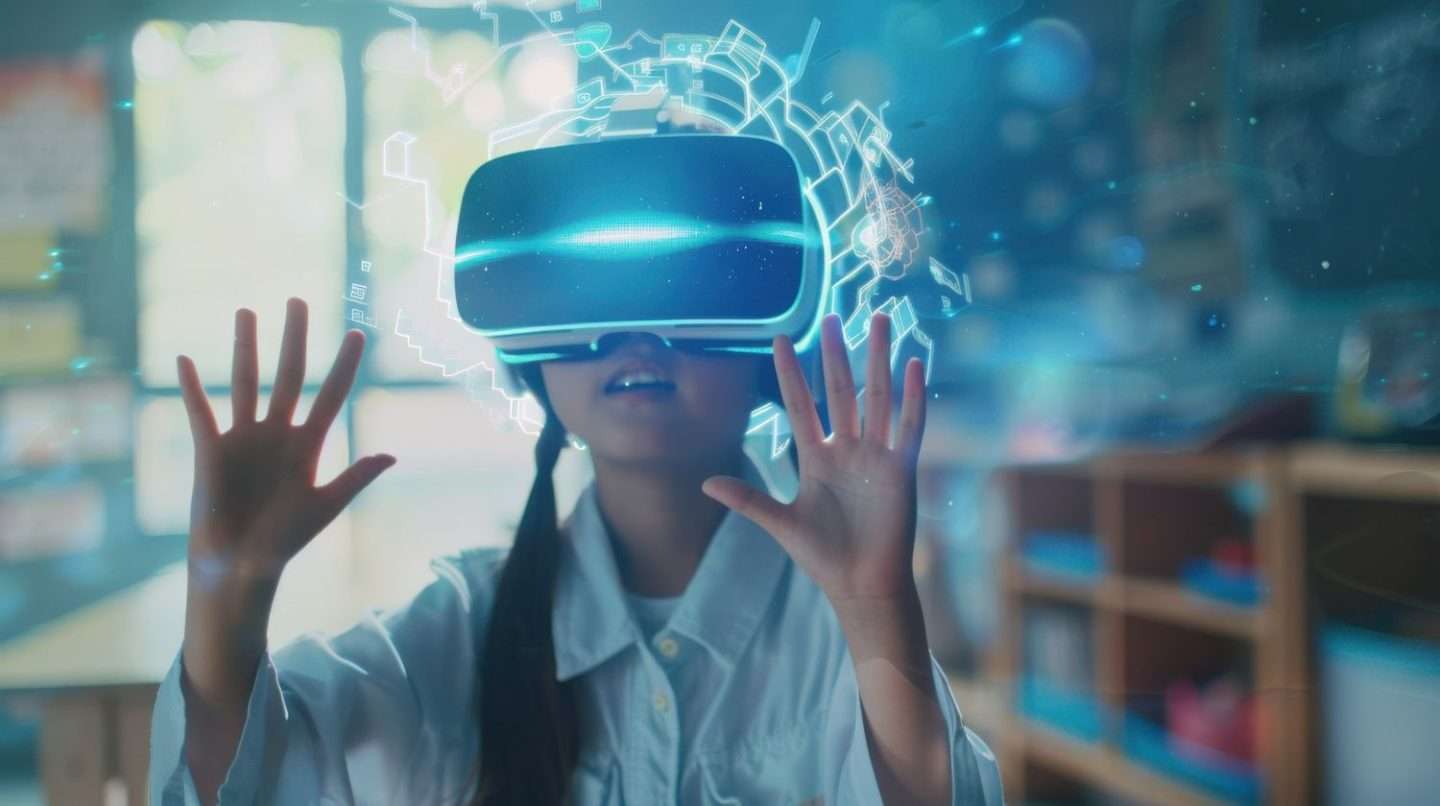
As technology continues to advance and the educational landscape evolves, the role of gamification in education is poised to become increasingly prominent and impactful. The growing body of research and success stories surrounding gamification in the classroom suggests that this powerful tool will play a crucial role in shaping the future of learning.
Looking ahead, we can expect to see the integration of gamification becoming more widespread and sophisticated across all levels of education, from primary schools to higher education institutions. As educators and educational leaders recognize the benefits of gamification in enhancing student engagement, knowledge retention, and the development of essential skills, the adoption of these strategies will likely accelerate.
Moreover, the advancements in artificial intelligence, virtual reality, and other emerging technologies will further enhance the capabilities of gamification in education. These technologies can be leveraged to create even more immersive, personalized, and adaptive learning experiences that cater to the unique needs and preferences of each student.
As the future of education continues to evolve, the role of gamification will become increasingly integral to the learning process. By seamlessly integrating game-inspired elements and principles, educators will be able to create dynamic, engaging, and highly effective learning environments that prepare students for the challenges and opportunities of the 21st century.
The power of gamification in education lies in its ability to transform the learning experience, fostering a sense of excitement, accomplishment, and a genuine love of learning among students. As we continue to explore and embrace the potential of this powerful tool, the future of education will undoubtedly be one of increased engagement, enhanced learning outcomes, and the development of well-rounded, adaptable, and successful individuals.
📢 Want students to enroll easily in your gamified courses? Gain more student enrolments with Flowclass.

